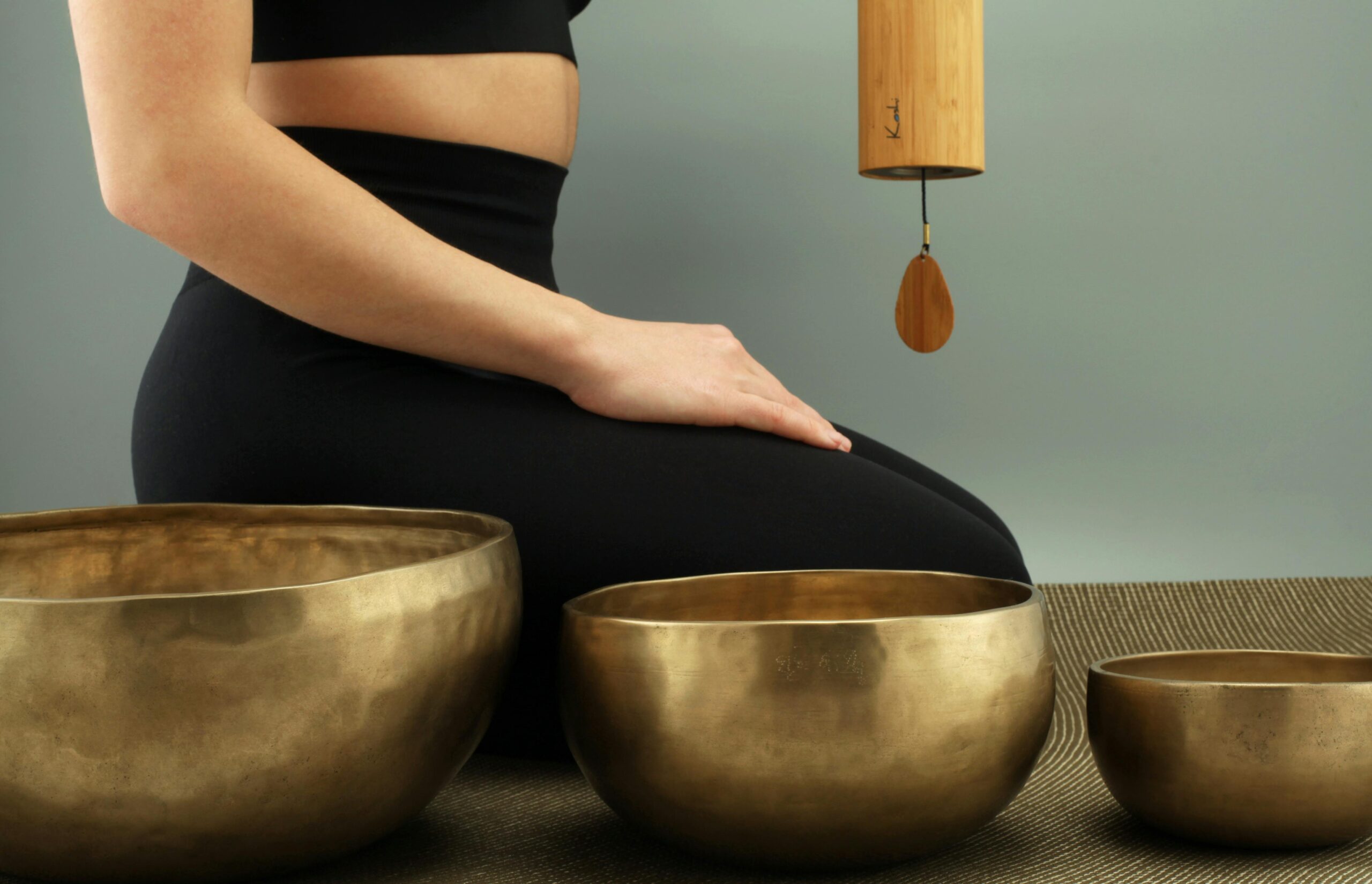Career clarity doesn’t come overnight. It’s the result of self-reflection, trial and error, and the courage to listen to your inner voice. By learning to ask the right questions and focusing on your strengths, you can create a career path that feels authentic and sustainable.
Why Career Clarity Matters
Many people drift into jobs rather than choosing them. Sometimes it works out, but often we end up in roles that don’t align with who we are.
Career clarity is about:
- Understanding your values
- Knowing your strengths
- Identifying your priorities
- Setting a direction that feels meaningful
Without clarity, work can feel like an endless cycle of obligations. With clarity, it becomes a path toward growth and fulfillment.
Signs You’re Lacking Career Clarity
- You keep asking yourself: “Is this really what I want to do?”
- Mondays feel heavy, not exciting.
- You envy people who seem passionate about their work.
- Your energy is drained rather than renewed by your job.
If you recognize yourself here, don’t panic. Lack of clarity is not failure – it’s an invitation to pause and realign.
5 Steps to Gain Career Clarity
1. Define Your Core Values
Ask yourself:
- What matters most to me in life and work?
- Freedom, stability, creativity, impact?
Your values are your compass. If your work contradicts them, frustration is inevitable.
2. Identify Your Strengths
Think beyond job titles.
- Are you great at connecting people?
- Do you solve problems quickly?
- Can you break down complex ideas?
Write down moments where you felt in flow – that’s where your natural strengths live.
3. Reflect on Past Experiences
Look back at your jobs, studies, or projects:
- What energized you?
- What drained you?
- What would you repeat?
Patterns will emerge that show you where to head next.
4. Experiment and Explore
Clarity rarely comes from thinking alone.
- Try side projects.
- Volunteer in areas of interest.
- Network with people in industries you admire.
Every small test brings new insight.
5. Create a Vision, Not a Plan
Your career is not a straight line. Instead of rigid 10-year plans, imagine a vision:
- What kind of impact do you want to have?
- How do you want to feel at work every day?
Let that vision guide your next step.
Common Myths About Career Clarity
- “I need to have it all figured out.” – No, clarity grows with experience.
- “Changing paths means failure.” – Actually, it means growth.
- “Passion is enough.” – Passion matters, but skills and context are just as important.
Practical Exercises
- Journaling Prompt: Write down your ideal workday. From morning to evening, what would it look like?
- The Energy Audit: For one week, track tasks that give you energy vs. those that drain you.
- Vision Board: Collect images and words that symbolize your dream career.
Final Thoughts
Finding career clarity is a journey. It’s not about one perfect decision but about aligning step by step with who you are.
When you honor your values, strengths, and vision, you create a career that feels less like a job – and more like a life path.









